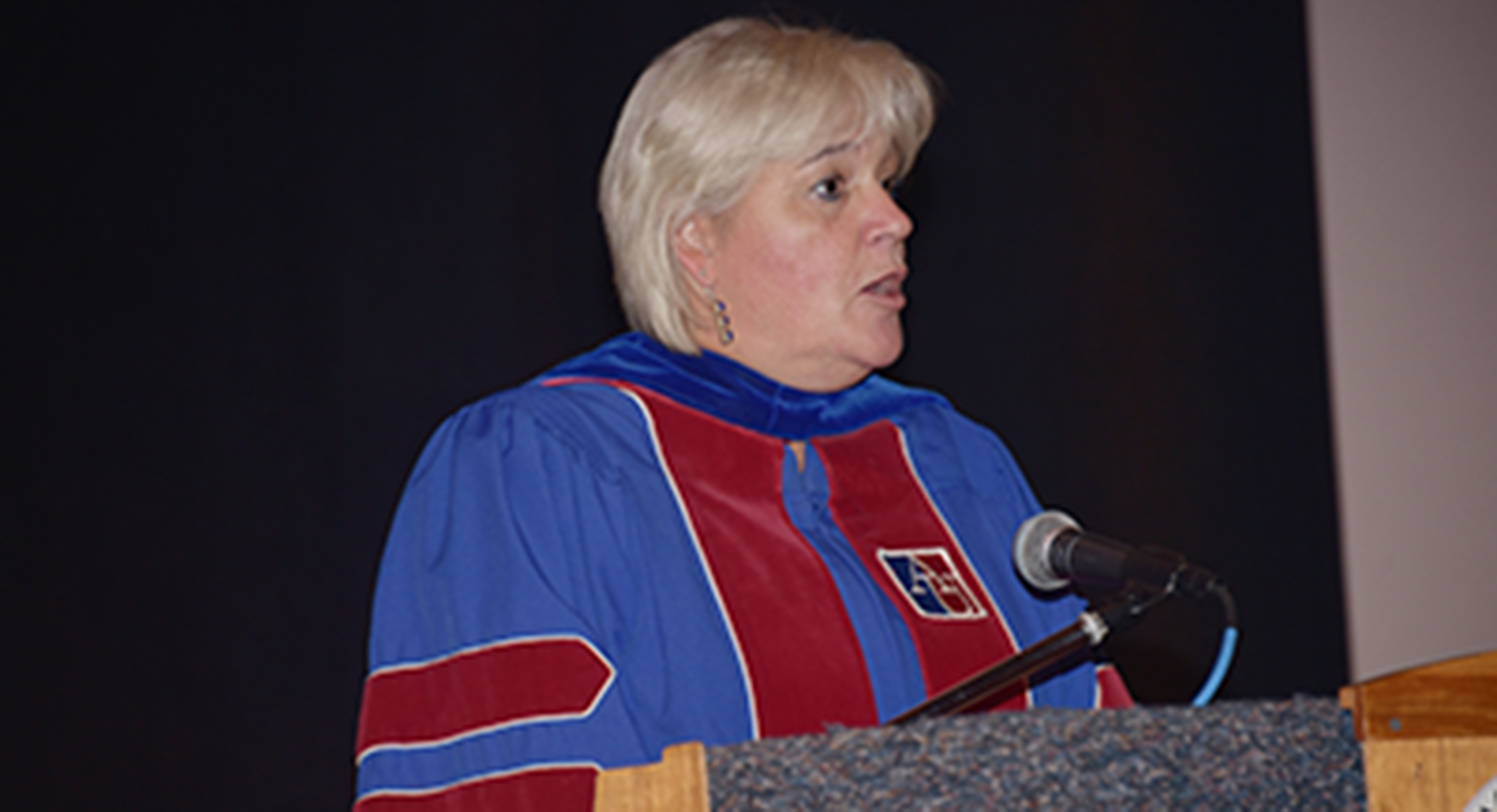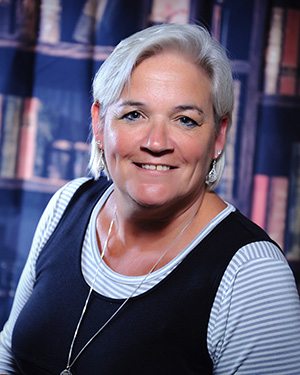
Dr. Alexa Silver publishes COVID-19 editorial
Dr. Alexa Silver, professor of history and political science and chair of the University’s Faculty Senate, published the following April 2 guest opinion in the News Journal:
The virus of 100 years ago offers lessons in how to fight COVID-19 (Opinion)
Alexa Silver, Guest columnist
Almost exactly a century ago — 1918-1920 — another pandemic swept across the globe an H1N1 virus erroneously labeled the “Spanish flu.”
Debate persists, but ground zero for the infection appears to have been either in Haskell County, Kansas, or a military hospital in Etaples, France.
In Kansas, Dr. Loring Miner noted an exceptional flu outbreak in late January 1918, overwhelming him as he traveled throughout the county by horse and buggy, and only permitting him the time to rest between patients as his horse plodded onward.
Epidemiologists speculate that the disease spread after a young soldier returned home to Haskell County for a brief leave, became infected and then returned to his military base, which was training and deploying men to fight in Europe.
By late February, the disease burst forth at military bases in Kansas, Georgia and New York. When the American Expeditionary Force left for the trenches in France, they took the virus with them.
Whatever its origin, the pandemic was devastating.
500 million people — at that time one out of every three people on Earth — caught the disease. Between 6-10% of those infected would die; estimates range from 21 to 50 million. Included were 675,000 Americans, actually reducing the average lifespan in the United States by a full decade.
To put these numbers in perspective, a similar death rate in today’s world would fall between 460 to 770 million people, or twice the current population of the United States.
Yet there are significant differences between the worlds of 1918 and 2020 that give rise to cautious optimism.
The 1918 pandemic occurred at a particularly disastrous moment in history. World War I had been raging for four years, primarily as a war of attrition at the front and starvation behind the lines in many European nations.
Millions of soldiers crouched in flooded, disease-ridden, rat-infested trenches for months at a time, dying not in heroic charges, but from artillery shells, machine guns, and disease. The Great War resulted in 40 million military and civilian deaths, with approximately one quarter succumbing to disease.
The entire medical and economic infrastructure of Europe, as well as parts of the Middle East and Asia, had already collapsed, and millions were ill or malnourished before the pandemic hit.
Instead of targeting older populations, as COVID-19 seems to do, the 1918 pandemic resulted in particularly high numbers of deaths among young adults, aged 20 to 40 years old.
The medical explanation for this lies in what is called a “cytokine storm,” occurring when the body’s immune system goes into overdrive to kill the virus. This reaction is often more devastating to young adults because their stronger immune systems overreact by literally attacked their own bodies, compromising their respiratory systems and increasing susceptibility to pneumonia.
Medical science and communications were obviously far more primitive than in today’s world. Doctors had far fewer tools to treat a patient or contain the spread of the disease, and no efficient means to distribute information about successful treatments.
But other elements of the “Great Influenza” have disturbing echoes in today’s crisis.
Philadelphia’s public health director, Dr. Wilmer Krusen, told people that all that was necessary to avoid the disease was stay warm, keep their feet dry and their “bowels open.” He advised Mayor Rudolf Blankenburg not to cancel the massive downtown Liberty Loan parade Sept. 28, 1918, arguing that damage to civilian morale and the war effort far outweighed any risk from disease.
Thousands of Philadelphians attended the festivities and proved him tragically wrong. Within 72 hours. all 31 of the city’s hospitals were overwhelmed, and 2,600 people had died.
Last week a crowd of thousands gathered to watch the hospital ship USS Comfort arrive in New York Harbor, despite government-mandated social distancing restrictions and rapidly rising infection and death rates already devastating their city.
Philosopher George Santayana, who lived in Europe during the 1918-1920 pandemic, famously wrote, “Those who cannot remember the past are doomed to repeat it.” The observation still applies today.
Dr. Alexa Silver is professor of history and political science and chairperson of the faculty senate at Delaware State University.

